erforming rts

enterPAC university at albany State University of New York 2022-23
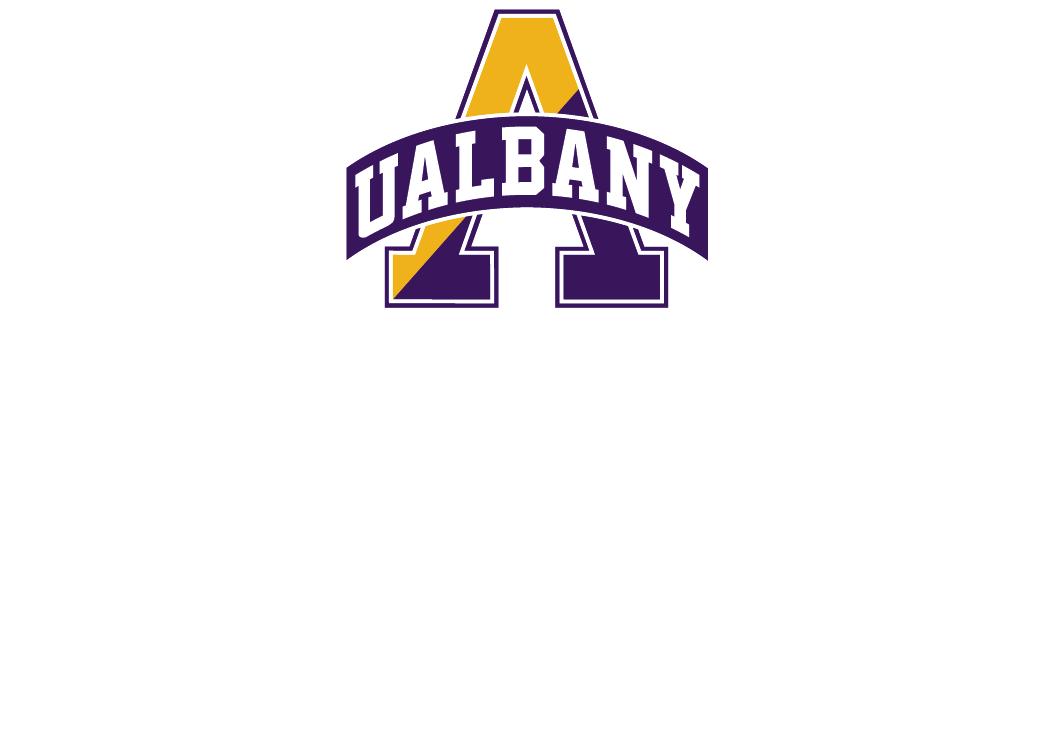

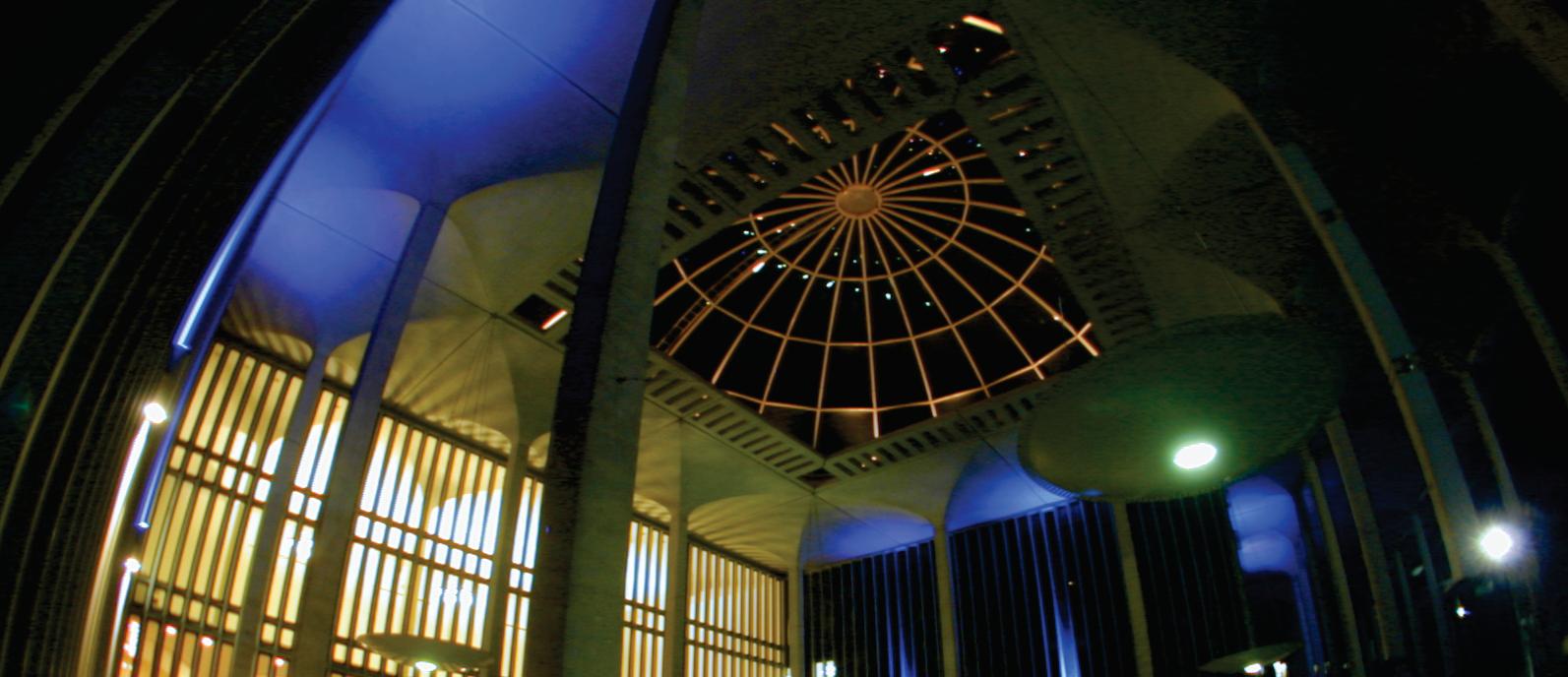
PerformingArts Center Music Program Theatre Program WELCOME! (518) 442-3995 (518) 442-4187 (518) 442-4200 www.albany.edu/pac www.albany.edu/music www.albany.edu/theatre Only 1.5 miles to University at Albany Minutes from I-87, 787, and I-90 Walking Distance to Crossgates Mall All suites hotel - premiere extended stay Deluxe king beds and modern master bathrooms Fully equipped kitchens, Spacious living rooms Complimentary Full Hot Breakfast Indoor Pool and Spa Outside Patio with Fire Pit 24 Hour Fitness Center Cover photo: Urban Bush Women’s “Give Your Hands to Struggle” | Photo by Ian Douglas Photo this page: UAlbany Performing Arts Center | Photo by Patrick Ferlo
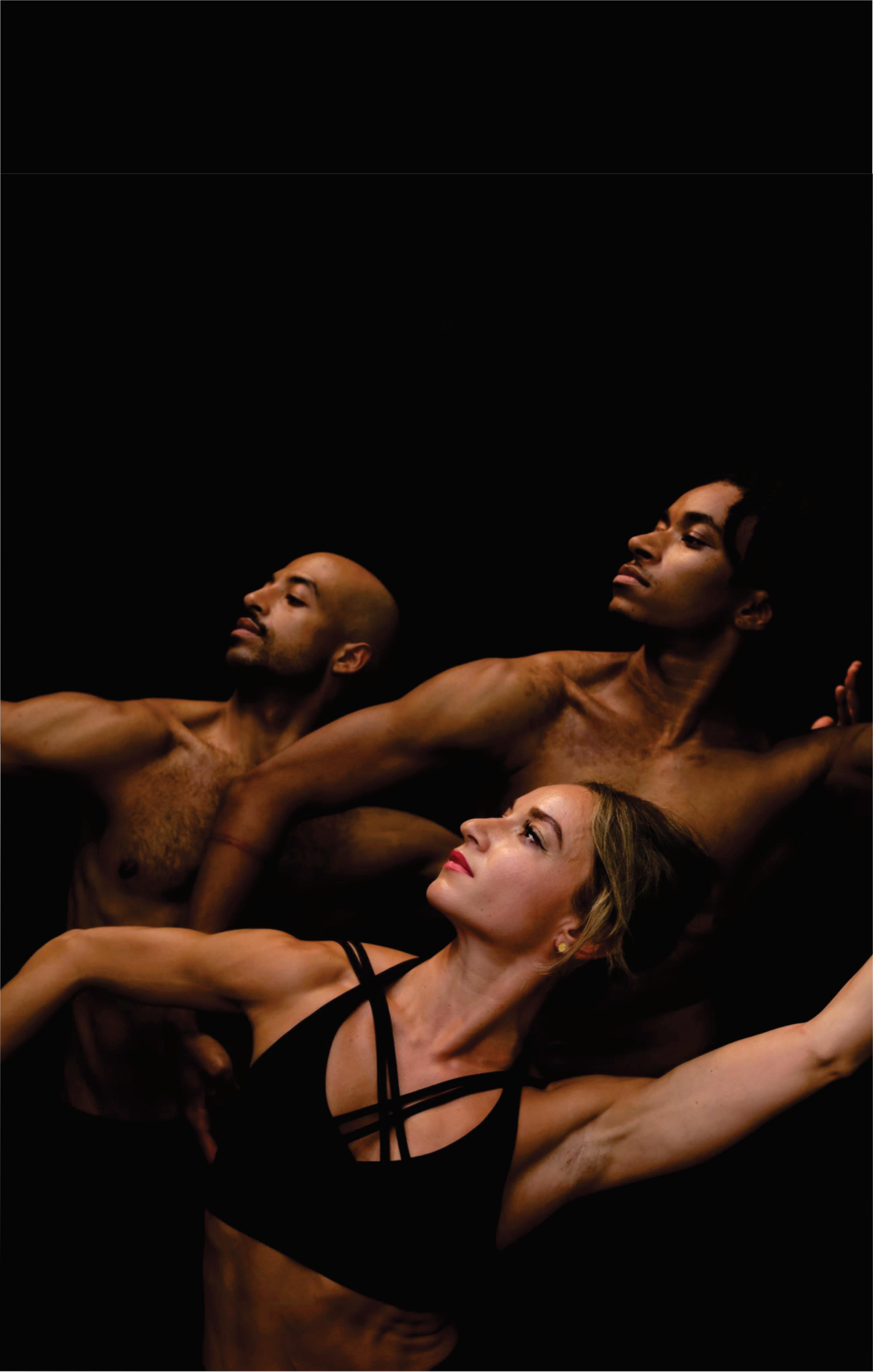
Visit the UAlbany Performing Arts Center website at www.albany.edu/pac for a full listing of this season’s events.
Paul T aylor
Dance
Company
|
Photo by Laura Halzack
Department of Music and Theatre University at Albany presents: UAlbany Concert Band Kevin Champagne, conductor and UAlbany Symphony Orchestra Christopher David Neubert, conductor Sunday, October 30, 2022 at 3pm Main Theatre UAlbany Performing Arts Center
Keziah
Tuba
Teo Jordan
Barrett Tazim Khan
Martinez
Perry Tyler Roberts
Sophia Watts
Program UALBANY CONCERT BAND The Anguish of Nosferatu…………………………Ed Kiefer Selections from The Phantom of the Opera…..…….Andrew Lloyd Webber Arr. Warren Barker The Haunted Carousel………………………..Erika Svanoe At the Movies: Haunted Nights………..Arr. Justin Williams Flute Olivia Benaoumeur Britney Davila Alisha Lai Chelsea Roque Sophia Watts Grace Wright Clarinet Kaitlyn Dembowski Joy Johnson Calvin Reedy Bass Clarinet Gavin Moy Ken Rapp Alto Sax Randy Knarr Luke Morello Alessandra Pinillos Tenor Sax James Caruso Dominic Jones Trumpet
Job Carly Johnson Sydney Jones French Horn Emma Clements Galilea Estrella Jonah Hauf Trombone Ashley Flores Fox Rifenberg-Stempel Andrew Scaptura Euphonium Jay Smith
Allison Castro
Percussion Sierra
Raul
Aeden
Band Manager
INTERMISSION
Violas
Dara Ribis
Kayla Somers Samantha Dalton Jaime Kendrick Catherine Rafferty Breanna Shifrin Robert Lombardo Cellos Joseph Regan Principal Connor Gordon Alisa Bielert Lucy Skidmore Maya Wilkerson Marissa McGuire
Emma Smith Isabelle Autore Sosuke Aizawa Andrew Craner
UALBANY SYMPHONY ORCHESTRA Gioacchino Rossini………….………..Il Barbiere di Siviglia The Barber of Seville (1816) Overture Gabriel Faure, Op. 112……....Masques et Bergamasques (1919) I Overture II Menuet III Gavotte IV Pastorale Violins Bryan Fonder Concertmaster Nicole Maher Logan Stone Leianne Polanco William Lombardo Marvin Hayes Callum Newton Adrian Ramos Monica Alexander Anthony Parillo Amanda Sue Principal Sarah Cohen Hope Savercool Jean Vierre Williams Burpee Mitchell Pope Katy Christman Marcella Reiter Melissa Yusaitis Laura Martin Cristina Schiaffo Phoebe Gittelson
Principal
Double Basses
Erik Laurin
Principal Kevin Kerr
Mary Lemak
Connor Hoolan
Molly Martellotta
Piccolo
Maria Mucaria
Flutes
Jacqueline Tenney Jessica Schuh Maria Mucaria
Oboes
Tyler Leicht Ian Cohen
Clarinets
James Affatigato Emily Lucy
Bassoons
Laura Canham-Lunde Brian Callahan Colin Lunde French Horns Erica DeNicola Priscilla Duskin
Trumpets Sydney Miller Vincent Amodeo Harp Kendra Wang
Orchestra Librarian and Management Jessica Schuh Hope Savercool Assistant Logan Stone
Program Notes
The Anguish of Nosferatu
In the story of Nosferatu, or “Dracula”, Count Orlock must kill innocent victims to sustain his life, and it is the vampire’s curse and anguish that this composition attempts to represent. The minor key, erratic compound meter, and harmonies that often feature tritones (the devils’ interval!) help create the tense and creepy mood the composer was trying to achieve.
Selections from The Phantom of the Opera
There is a reason that The Phantom of the Opera is the longest running Broadway show ever: the music. This medley features Think of Me, Angel of Music, The Phantom of the Opera, All I Ask of You, The Point of No Return, and Music of The Night. All
of these pieces are expertly arranged, and if you have seen the Broadway show, these tunes will bring back all the emotions from that performance. The Broadway run will come to an end in February, but if you can’t get to it, you have this!
The Haunted Carousel
This work, which features a theremin part (performed on a phone or ipad) was the winning composition in 2014 from the National Band Association Composition Contest. The three beat feel is typical of carousel music, but that happy sound has turned spooky in this piece.
At the Movies: Haunted Nights
Anyone who watches scary movies knows how important the music is to help create the appropriate tense mood. Familiar themes and suspenseful ambiances collide in this piece which horror movie aficionados will find very appealing. This medley features music from It, Saw, Scream, and Halloween.
The Barber of Seville, or The Useless Precaution is an opera buffa in two acts composed by Gioachino Rossini with an Italian libretto by Cesare Sterbini. The libretto was based on Pierre Beaumarchais's French comedy The Barber of Seville (1775). The première of Rossini's opera (under the title Almaviva, o sia L'inutile precauzione) took place on 20 February 1816 at the Teatro Argentina, Rome, with designs by Angelo Toselli.
Rossini's Barber of Seville has proven to be one of the greatest masterpieces of comedy within music, and has been described as the opera buffa of all "opere buffe".
Rossini's opera recounts the events of the first of the three plays by French playwright Pierre Beaumarchais that revolve around the clever and enterprising character named Figaro, the barber of the title. Mozart's opera The Marriage of Figaro, composed
30 years earlier in 1786, is based on the second part of the Beaumarchais trilogy. The first Beaumarchais play was originally conceived as an opéra comique, but was rejected as such by the Comédie Italienne. The play as it is now known was premiered in 1775 by the Comédie-Française at the Théâtre des Tuileries in Paris.
Other operas based on the first play were composed by Giovanni Paisiello (in 1782), by Nicolas Isouard in 1796, and then by Francesco Morlacchi in 1816. Though the work of Paisiello triumphed for a time, only Rossini's version has stood the test of time and continues to be a mainstay of operatic repertoire. On 11 November 1868, two days before Rossini's death, the composer Constantino Dall'Argine (1842 1877) premiered an opera based on the same libretto as Rossini's work, bearing a dedication to Rossini. The premiere was not a failure, but critics condemned the "audacity" of the young composer and the work is now forgotten.
Masques et bergamasques, Op. 112, is an orchestral suite by Gabriel Fauré. It was arranged by the composer from incidental music he provided for a theatrical entertainment commissioned for Albert I, Prince of Monaco in 1919. The original score contained eight numbers, including two songs for tenor, and a choral passage. These numbers were not included in the published suite, which has four movements.
In 1918 Raoul Gunsbourg, manager of the Opéra de MonteCarlo, invited Fauré to write a short work for the theatre. The impetus came from Fauré's friend and former teacher Camille Saint-Saëns, who suggested to Prince Albert that he should commission Fauré to write a short work for the Monte Carlo theatre. Fauré's opera Pénélope (1913) had been premiered there, and although he felt Gunsbourg had not fully appreciated the opera, Fauré accepted the new commission. He was director of the Paris Conservatoire, and his official duties limited the time he had for composition. For the proposed "choreo-
graphic divertissement", also billed as a "comédie lyrique", he reused material from earlier compositions.
Fauré proposed a story based on the poem "Clair de lune" from the collection Fêtes galantes by Paul Verlaine (1869). Fauré had set the poem to music in 1887. The title of the new work was taken from the opening lines of the poem. The librettist of Pénélope, René Fauchois, provided a scenario accordingly. In the early 20th century the commedia dell'arte of the 16th and 17th centuries provided inspiration for a number of musical works, including Schoenberg's melodrama Pierrot lunaire (1912) and Stravinsky's ballet Pulcinella (1920). Fauchois' story has a commedia dell'arte troupe spying on the amorous encounters of aristocrats in its audience.
The Monte Carlo production was such a success that Albert Carré put the work on at the Opéra-Comique in Paris in March 1920, where it was performed more than 100 times over the next thirty years. The Fauré scholar Jean-Michel Nectoux describes it as paradoxical that Fauré's most frequently performed stage work is also his least ambitious.
The suite drawn from the work has remained one of Fauré's most popular works. It was published by Durand et cie in 1919. It is scored for 2 flutes, 2 oboes, 2 clarinets, 2 bassoons, 2 horns, 2 trumpets, timpani, harp and strings. The suite consists of four of the purely orchestral movements.
Next on the Music Program Schedule
Bach to Broadway - Nov. 18
This cabaret features the Department’s vocal students in performances of classical and contemporary song favorites.
UAlbany Jazz Band - Nov. 21
Directed by Keith Pray, this student and community ensemble presents concerts featuring classic and contemporary jazz.

HOUSE POLICIES
Latecomers will be seated at the discretion of the management and its staff.
use of photographic or recording devices of any kind during this performance is strictly prohibited.
There is no food or drink allowed in the theatres, nor is smoking allowed in UAlbany buildings.
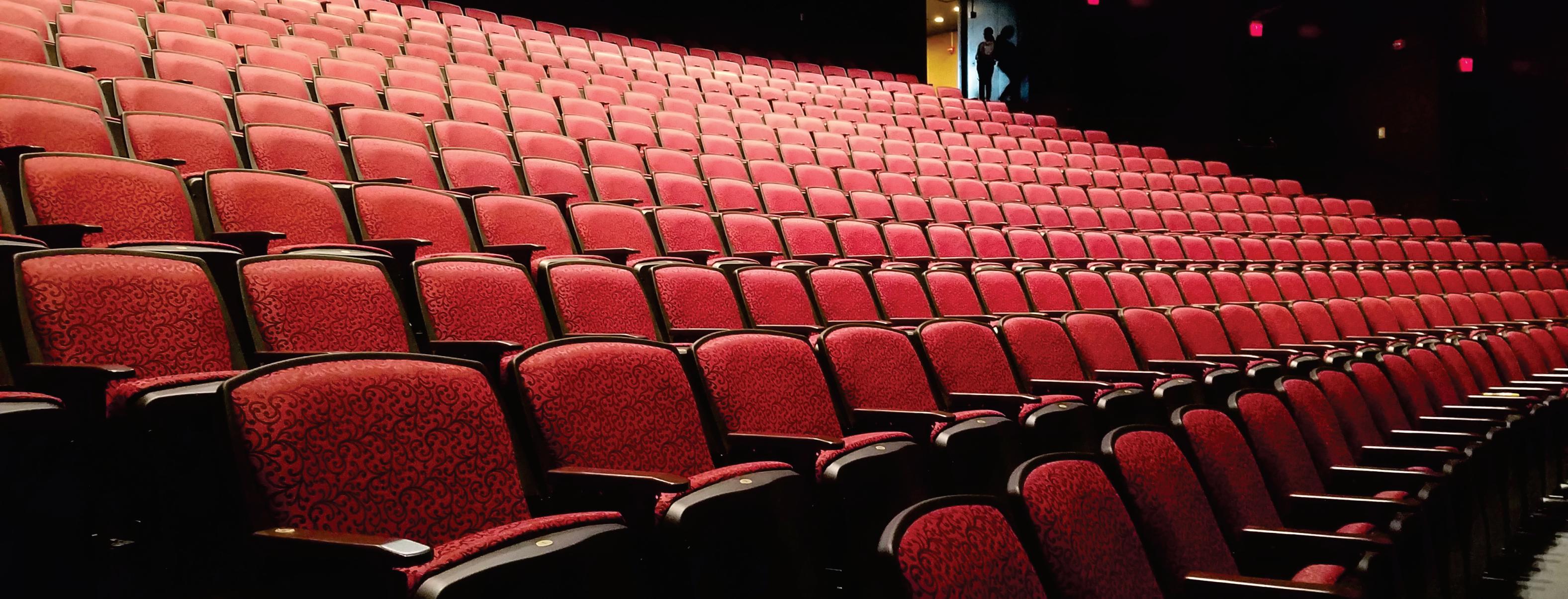

avoid disrupting the performance, kindly disable any noise making electronic devices you may have with you.
Please take time to note the location of the fire exits nearest to you. In the event of an emergency, an announcement will be made from the stage. Please proceed to the nearest exit in an orderly fashion.
Created and produced by the University
Museum,
Institute
Arts Center in collaboration with WAMC Public Radio,

popular series features
figures
a variety of artistic disciplines in conversation about their creative inspirations, their craft and their careers. “Roundtable” host Joe Donahue conducts live on-stage interviews followed by a Q&A with the audience.
Art
NYS Writers
and UAlbany Performing
this
leading
from
Have your next event here... (518) 442-3995 www.albany.edu/pacPAC@albany.edu The UAlbany Performing Arts Center’s six theatres, three lounges and other spaces are available for rental. The UAlbany Performing Arts Center’s six theatres, three lounges and other spaces are available for rental.
The
. To
erforming rts enterPAC university at albany State University of New York
Urban Bush
September 20 & 21at 7:30pm
October 6 at 7:30pm
Dance
The
October 21 at 8pm
Performing Arts Center November 13 at 7:30pm
Arts Center January 27 at 7:30pm
Ballet
The
February 17 at 8pm Paul Taylor Dance Company The

March 4 at 8pm
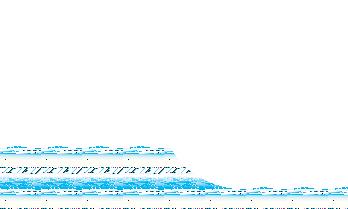


The
March 18 at 7:30pm
The
April 22 at 8pm
Sinopoli
The
May 13 at 8pm
Women UAlbany Performing Arts Center
MOMIX The Egg
Limón
Company
Egg
La Serpiente UAlbany
ODC/Dance UAlbany Performing
NY Theatre
& Bridgman|Packer Dance
Egg
Egg
Dublin Irish Dance
Egg
SaViON GLOVeR & The CeLeBRaTeD ORCHeST’DaNCE RA
Egg
Ellen
Dance Company
Egg
Pick any six and save 25% or choose four for savings of 10% Photo: Samantha Speis of Urban Bush Women, photo by Ian Douglas Buy all ten for only $130! Packages available through The Egg Box Office (518) 473-1845 theegg.org Dance Albanyin 2022-23
Troy, Albany, Schenectady and SaratogaSprings,NY
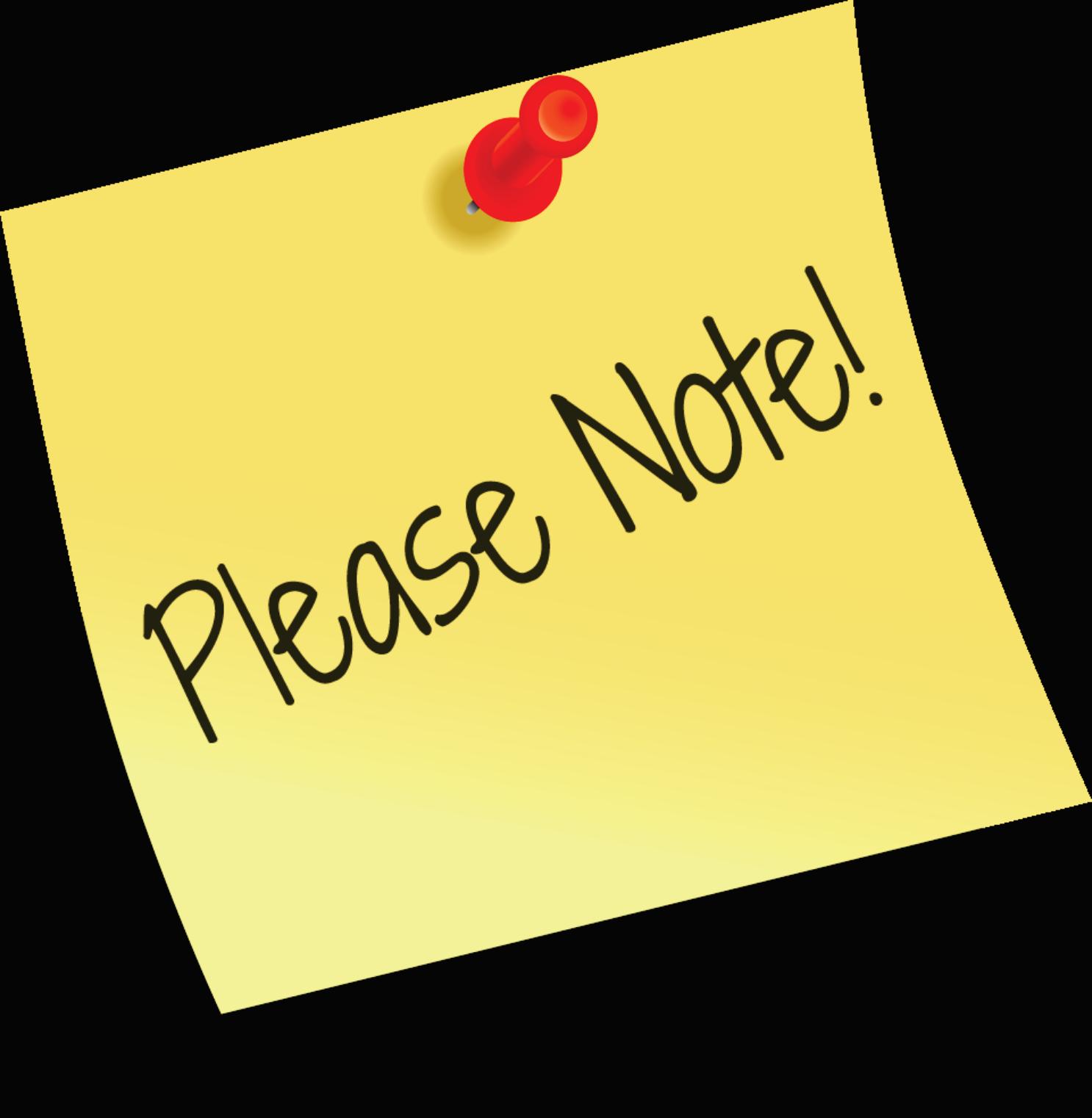


The UAlbany Performing Arts Center is no longer operating a box office. All ticketing is done on-line and can be easily navigated from the web site provided through the QR code above or address below. www.albany.edu/pac




























